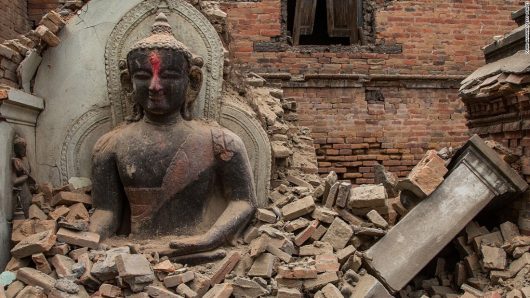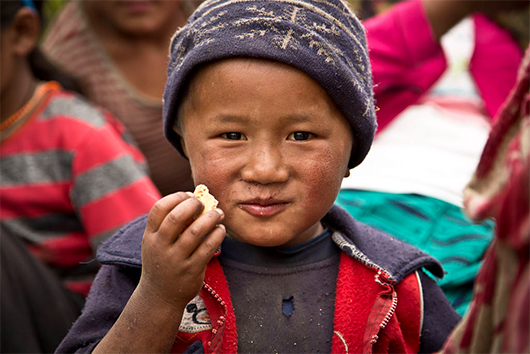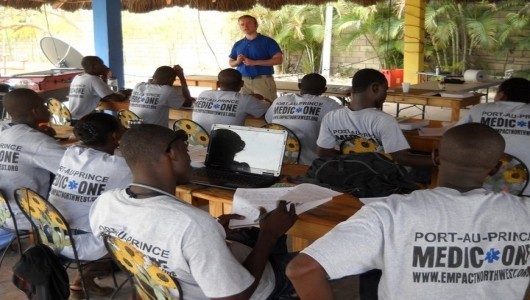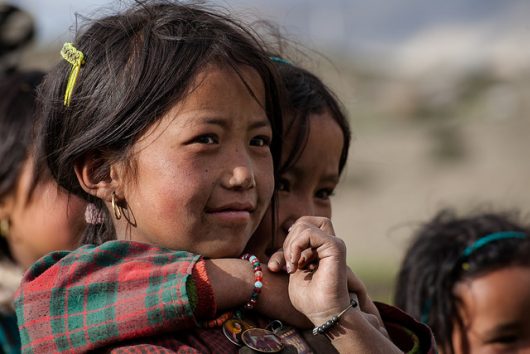
Poverty is a significant and growing concern in Nepal. The country’s Finance Ministry estimated that 21.6 percent of Nepal’s population, or 6 million Nepalis, are living under the poverty line. This makes Nepal one of the most impoverished countries in South Asia.
Poverty In Nepal
High poverty rates have numerous implications. Nepal has an extremely high infant mortality rate. Per 1,000 live births in Nepal, 34.5 children die before the age of 5. Poverty contributes to this significantly, as many of these lives likely could have been saved with greater hygiene standards and access to healthcare.
Over 50,000 children die every year in Nepal with malnutrition accounting for over 60 percent of the deaths. A total of half of the children in Nepal are underweight. Rates of disease and death in pregnant women are also high due to lack of access to healthcare and poor hygiene.
Considerable amounts of political unrest and conflict in Nepal have contributed to the poverty issue. Schools have been forced to close or teachers go on strike, which leads to a shortened school year for the Nepali children. Living in a conflict zone also makes it much more difficult for children to travel to and from school.
SAMBHAV
Thankfully, there are many non-profits out there that work to make a difference in the world of poverty. SAMBHAV in Nepal is one of them. This organization utilizes youth clubs and training programs to alleviate the burdens of poverty, specifically for teens and women. These initiatives lead to reforms in education and healthcare, to name a few.
Past projects have included a drinking water project in which SAMBHAV rebuilt the water systems in villages and schools after the earthquake in Nepal in 2015. This venture led to increased access to clean drinking water in impoverished communities leading to better hygiene and fewer diseases for those living in poverty.
SAMBHAV and Education
Providing quality education is also essential in alleviating poverty. SAMBHAV in Nepal has reconstructed schools and moved them to more convenient locations in order to increase attendance. For example, when Dharapani Secondary School first began, it only had 10 students. The school was destroyed by an earthquake in 1987 and was poorly rebuilt.
SAMBHAV brought attention to this project’s needs, and in 2010, it was rebuilt by The Japan International Cooperation Agency (JICA). Dharapani Secondary School was completely reconstructed with a new toilet facility installed. In addition, multiple teacher training programs were implemented to increase the quality of the school’s education system. Dharapani Secondary School now has around 400 students.
SAMBHAV has included the reconstruction of another school in its current projects in Nepal’s. The Bhairabi Primary School was also damaged after the earthquake and was in desperate need of reconstruction. Phase I of the project, which was finished in April of 2017, included three newly constructed classrooms in addition to three renovated old classrooms and three new toilets. Phase II is now underway and is set to consist of rebuilding a five-block classroom and adding three more toilets.
Thanks to the efforts of SAMBHAV, children in Nepal have brighter futures in the face of poverty.
– Amelia Merchant
Photo: Flickr
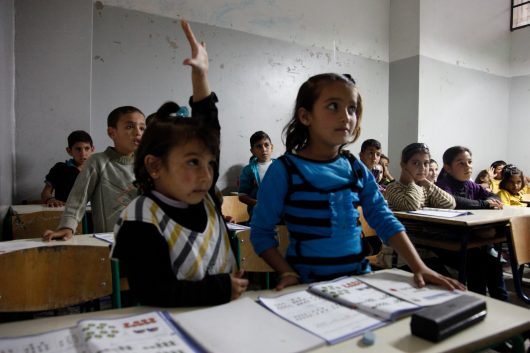 The United Nations will debut
The United Nations will debut 